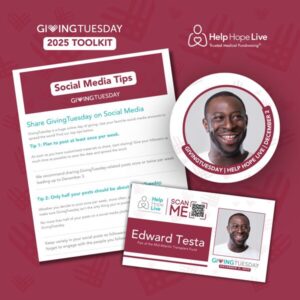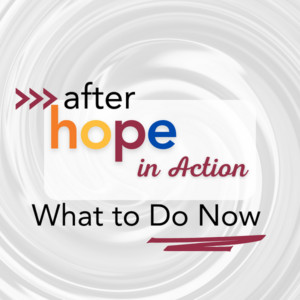We asked our friends at Glenmede, generous Platinum Sponsors of our 2022 Hope Travels Virtual 5K, to offer their insights on how to make a difference to a nonprofit beyond making a donation.
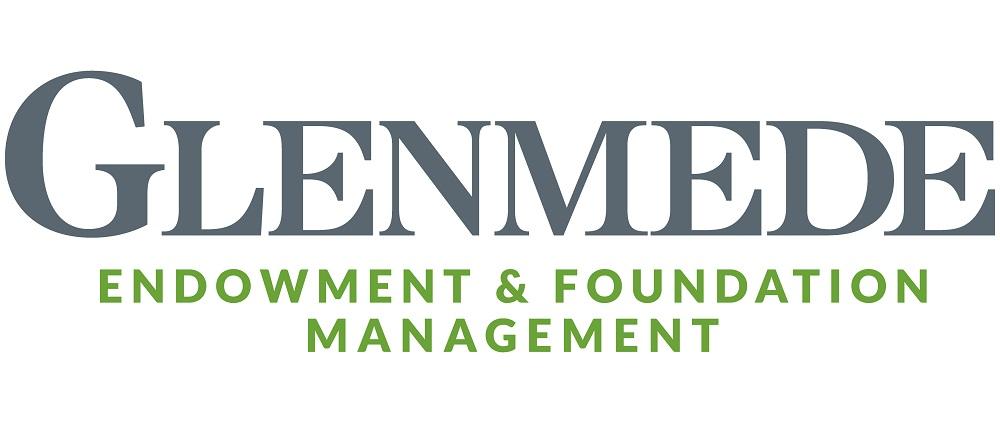
While charitable giving remains one of the most powerful ways to create an impact, donors can leverage additional strategies to support the causes that matter to them, regardless of means. Here are several examples of ways that givers can make an impact beyond providing funds.
Promote and advocate
Nowadays, donors have so many tools at their disposal to spread the word about a nonprofit’s mission and vision. While of course inviting friends, family, colleagues, and other people in your network to events is one way to bring new potential donors into the fold, givers can also leverage social media to be an advocate for the organizations they support. Consider how you may use virtual platforms to spread awareness of causes that are important to you – you may even discover that others in your circle share a similar passion.
Example: If an organization that you support is in the midst of a significant campaign to which you donated, consider leveraging your social media channels to share your background with the organization, and the impact that you hope your donation will make. Encourage other people to consider getting involved in the way that seems most accessible to them. Donating is one option, but perhaps there is an event your network can attend or volunteer work that they can complete.
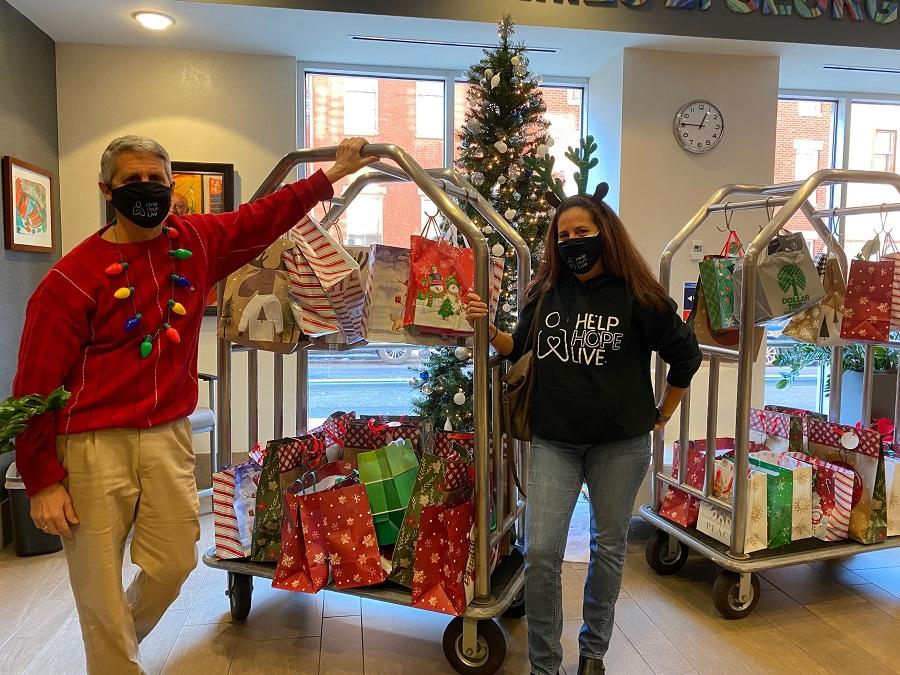
Take on a leadership role
Giving your time and expertise can be just as or even more impactful than financial gifts. When steadfast supporters of an organization take on leadership roles, they take on an increased amount of responsibility for the financial health and overall success of the organization. While board membership has true benefits for the individual, like meeting a new challenge, expanding your network, and developing professionally, there is also true value for the nonprofit as well. Through their board members, nonprofits gain access to powerful advocates, extensive networks of potential supporters, and professionals who could lend their skills to the overall management of the organization.

Roll up your sleeves
One of the most mutually beneficial and effective experiences for donors and the organizations they support is to work alongside one another. As a giver, you have an opportunity to get up close and personal with the projects and programs you support while also building a deeper connection with the nonprofit. For nonprofits, these moments provide an opportunity to see you as more than a funding source and learn more about your family’s values.
Example: If possible, try volunteering with the nonprofits you give to. If you are willing to make a larger time commitment, you might offer to serve on the host committee for an event, chair a fundraising campaign, or contribute to a strategic planning process.
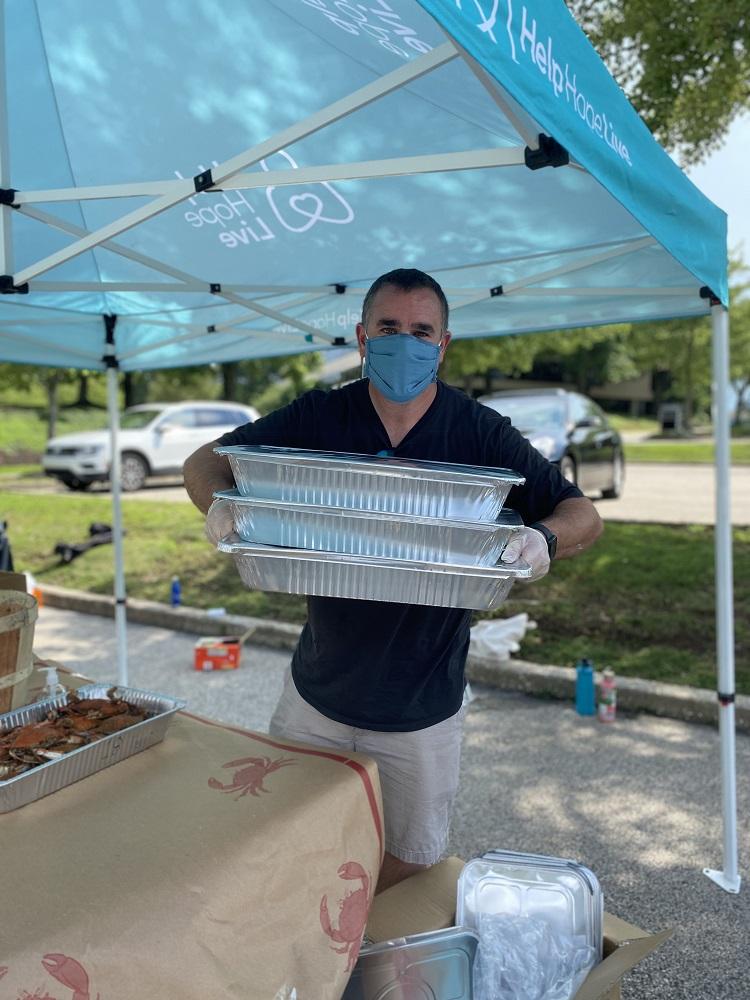
Align values and investments
Many investors believe their investment portfolio should align not only with their financial objectives but also with their personal values. For example, if donors have a passion for supporting positive health outcomes, their investment portfolio can be tailored to use environmental, social, and governance (ESG) information throughout the investment process. Consider speaking with your investment advisor or financial institution to understand the tools available to you in the ESG space, and any resources they can provide to help you and your family learn more.
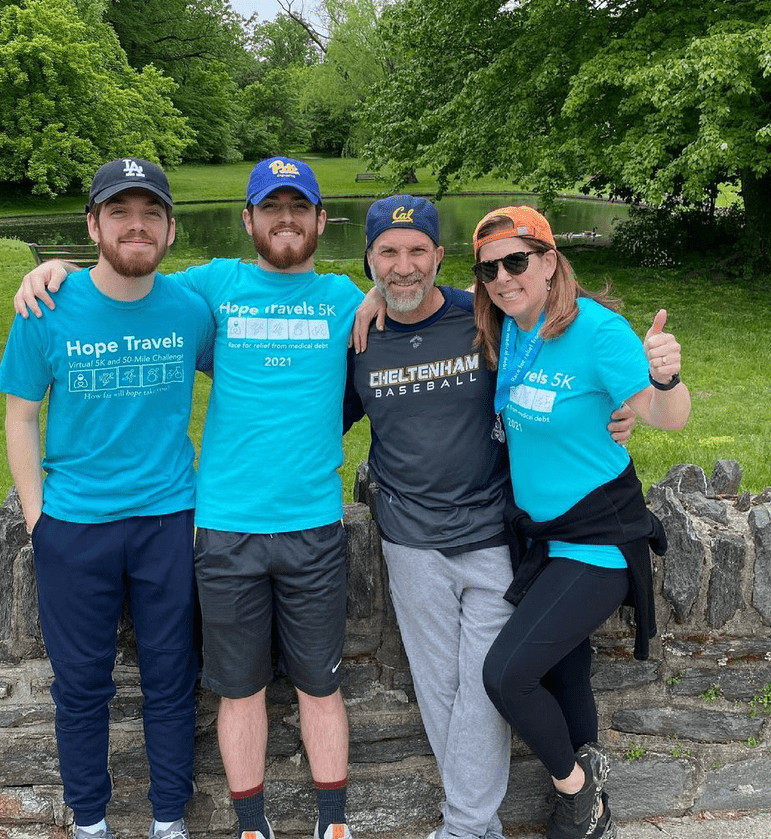
This article is provided solely for informational purposes and is not intended to provide financial, investment, tax, legal or other advice. It contains information and opinions which may change after the date of publication. Information obtained from third-party sources is assumed to be reliable and has not been verified. No outcome, including performance or tax consequences, is guaranteed, due to various risks and uncertainties. Readers should consult with their own financial, tax, legal or other advisors to seek advice on their individual circumstances.
Written by Emily Progin